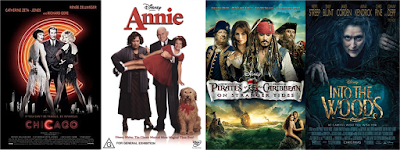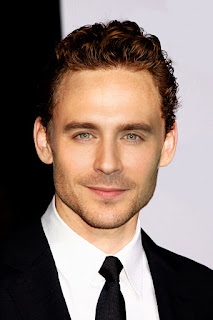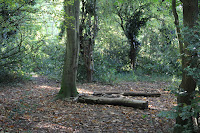 Halvorson is a director and producer who is mainly known for his work on 'Friends', 'Everybody Loves Raymond' and 'Two and a Half Men'. He won an Emmy for Outstanding Special Class Directing for the 78th Annual Macy's Thanksgiving Day Parade which was shown on NBC.
Halvorson is a director and producer who is mainly known for his work on 'Friends', 'Everybody Loves Raymond' and 'Two and a Half Men'. He won an Emmy for Outstanding Special Class Directing for the 78th Annual Macy's Thanksgiving Day Parade which was shown on NBC. Friends
This is a very well-known American television sitcom which was created by David Crane and Marta Kauffman. It originally aired on NBC from 1994 to 2004 and it lasted ten seasons. The show revolves around six young adult friends that all live in Manhattan and it explores real life situations within relationships and work life through humour and comedy. Halvorson directed 56 episodes within 1997 and 2004.
The series was nominated for 62 Primetime Emmy Awards and have won 6 including one for Outstanding Comedy Series. The series has also won an American Comedy Award, a GLAAD Media Award, a Golden Globe Award, 3 Logie Awards, 6 People's Choice Awards, a Satellite Award and a Screen Actors Guild Award.
Everybody Loves Raymond
This is an American television sitcom which was created by Philip Rosenthal. It ran on CBS from 1996 to 2005 and had 9 seasons. The show revolves around the life of an Italian-American sportswriter who lives with his family and has to deal with his controlling parents living next door. Halvorson directed 61 episodes within 1997 and 2005.
The series was nominated for 69 Primetime Emmy Awards and have won 15 of them, including 10 for acting. The series also won a Screen Actors Guild Award while also being nominated for 21 of them and have also won a Writers Guild of America Award for Episodic Comedy.
Two and a Half Men
This is an American television sitcom that was broadcast on CBS starting in 2003 and ending in 2015 with 12 seasons to it's name. The series is initially revolved around the life of the Harper brothers, Charlie and Alan, and Alan's son Jake. The show deals with real life situations such as divorce, relationships and deaths but in a humorous way. Halvorson directed 34 episodes within 2004 and 2007.
The series has won 9 Primetime Emmy Awards, it has been nominated for 2 Golden Globe Awards, 3 Screen Actors Guild Awards, and has won a Teen Choice Award, 4 People's Choice Awards and a ALMA Award.
.......................................................................................................................................................................
I am particularly interested in Halvorson's work in 'Friends' due to the way he creates a clear difference between the comedy of the show and the serious parts that the show also explores. Although my chosen TV series isn't based on comedy, there are a few humorous moments in some of the scenes to help the lighten the mysterious and dark mood. This something I might use within my work to balance out the darkness of the scene and the humour side of it as well.
















































